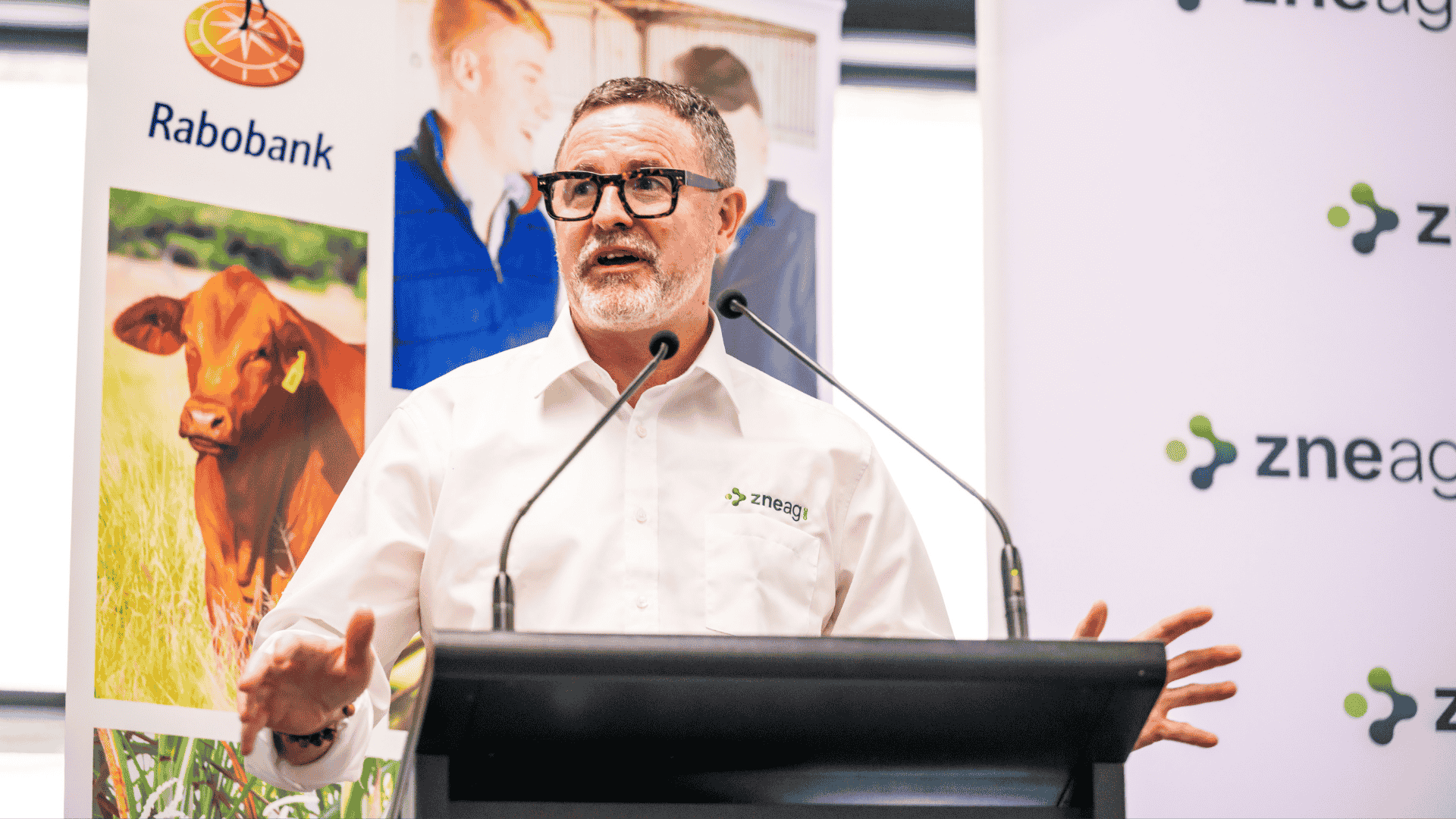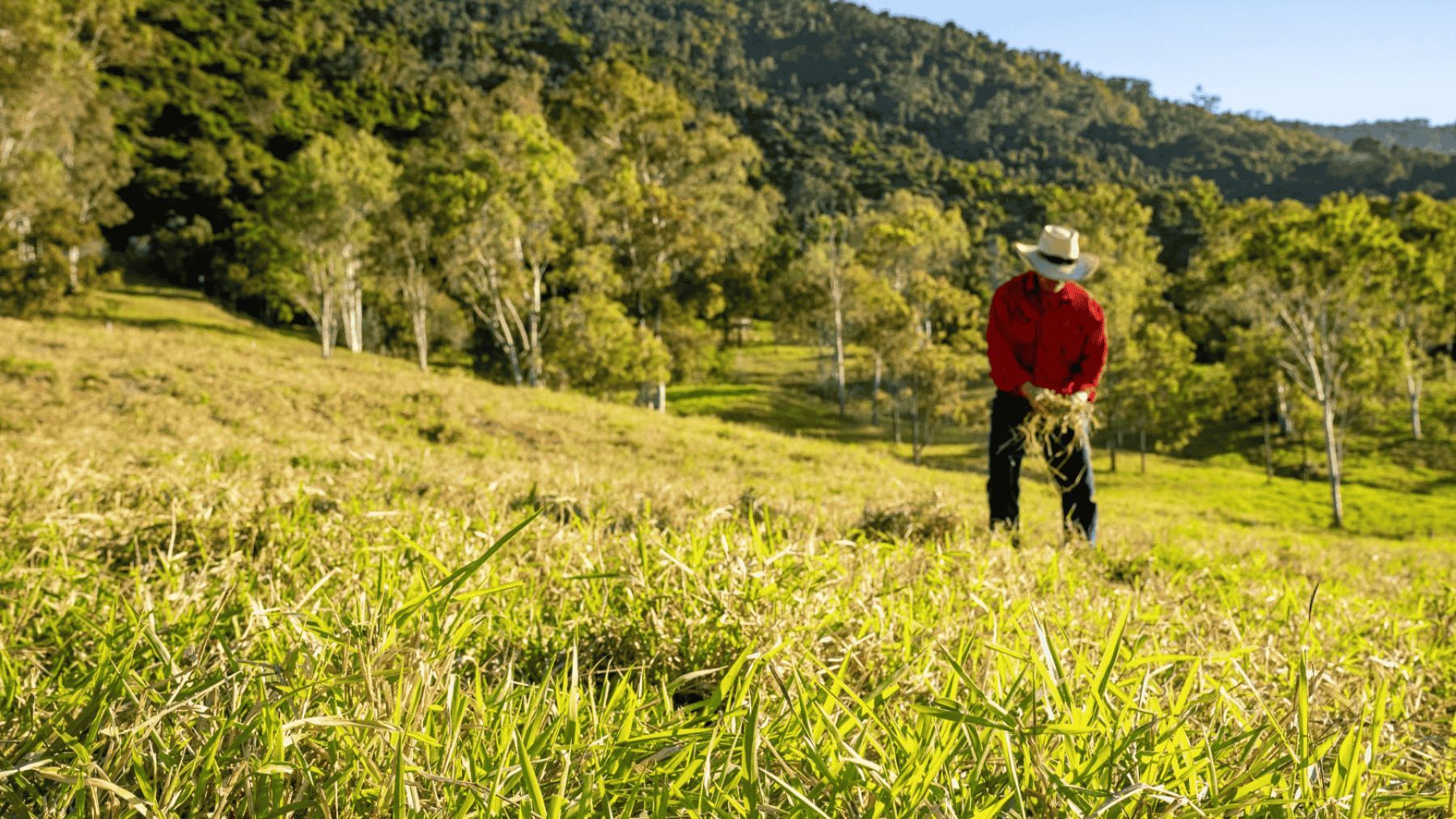Pathways to zero: What’s working on farm right now
The Zero Net Emissions Agriculture Cooperative Research Centre's Pathways to Zero Net Emissions annual conference in Brisbane brought together...
.jpg)
When West Gippsland producer Ben Hatch first encountered Southdowns, he was working the sheds as a young shearer. After more than two decades working as a contract shearer across the country and handling every breed imaginable, one continued to stand out above the rest.
“What got me into Southdowns was my time as a shearing contractor,” Mr Hatch said.
“I was seeing a lot of different sheep and a lot of different operations, and the ones that kept stacking up were the Southdown cross lambs. They were consistent, easy lambing, and always finished well.”
Today, Mr Hatch runs Southdowns, alongside 900 Nudie Shedders and 400 Coopworth ewes on his West Gippsland property. Despite the region’s variable seasons, he said the Southdown’s ability to thrive under pressure has proven invaluable.
“In a good season everything looks good,” he said. “But when things tighten up, the Southdown lambs keep their bloom. You’ve still got a premium-grade product when others start to fade.”
Mr Hatch said the breed’s consistency was another major advantage.
“The bottom end of the sheep are a lot closer to the top end compared to other breeds,” he said.
“It’s not necessarily about the highest growth or marbling. It’s about the evenness across the mob. You don’t have the tail end dragging the average down.”
He said Southdowns are well suited to a range of ewe types and management systems.
“People use them over maidens or older ewes for their ease of lambing, but plenty are running them over their whole flock,” he said. “They just work.”
“The reason they’re so consistent is because they’re such a long-established breed with a stable gene pool,” he said.
“Other breeds like Poll Dorsets or White Suffolks are relatively new, so you tend to get more variation. The Southdowns put their stamp on their offspring.”

12-month old Southdown Stud Rams. Pic: Supplied
According to Southdown Australia, the breed’s roots in the national flock stretch back more than two centuries. Reverend Samuel Marsden first imported Southdowns to Australia in 1793, making them one of the earliest British breeds established locally.
Since then, Southdowns have been more of a quiet achiever in shaping Australia’s prime lamb industry. Their genetics have been used widely across the country to produce lambs with excellent muscling, even fat coverage and superior eating quality traits that continue to attract strong demand in domestic and international markets.
Tim Fincham, of Fincham Burando Southdowns in Yea, Victoria, said the modern Southdown remains true to its original purpose - producing quality, market-ready lambs.
“Mature rams often exceed 100 kilograms, while 15-month-old rams typically weigh anything from 90 kilograms,” Mr Fincham said.
“It is important to bear in mind that the main object of breeding Southdowns is to provide the best sire for crossing with other breeds to produce the ideal prime lamb.
“The sheep desired is one with a maximum of meat with sufficient, but no waste fat and attention paid to keeping the weight on the more valuable cuts,” he added.

Southdown crossbred lambs. Pic: Supplied
The breed’s focus remains on producing lambs with the right balance of meat and fat, presenting well to the trade and delivering consistency on the hook.
For producers like Mr Hatch, the Southdown’s reliability makes it a practical choice for commercial and stud enterprises alike.
“Southdowns are easy birthing, easy finishing and highly marketable,” he said.
“They’re consistent, they’re proven, and they just get the job done.”
For more information, head to the Southdown Australia website: http://www.southdownaustralia.com.au/
Visit the Southdown Australia Facebook page.
Posts By Tag

The Zero Net Emissions Agriculture Cooperative Research Centre's Pathways to Zero Net Emissions annual conference in Brisbane brought together...

Nbryo has released a new embryo multiplication technology, saying that genetic gain via assisted bovine reproduction is now easier and more cost...

As the livestock sector accelerates efforts to reduce emissions, Zero Net Emissions Agriculture CRC is spotlighting one of the most practical and...